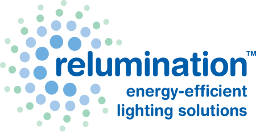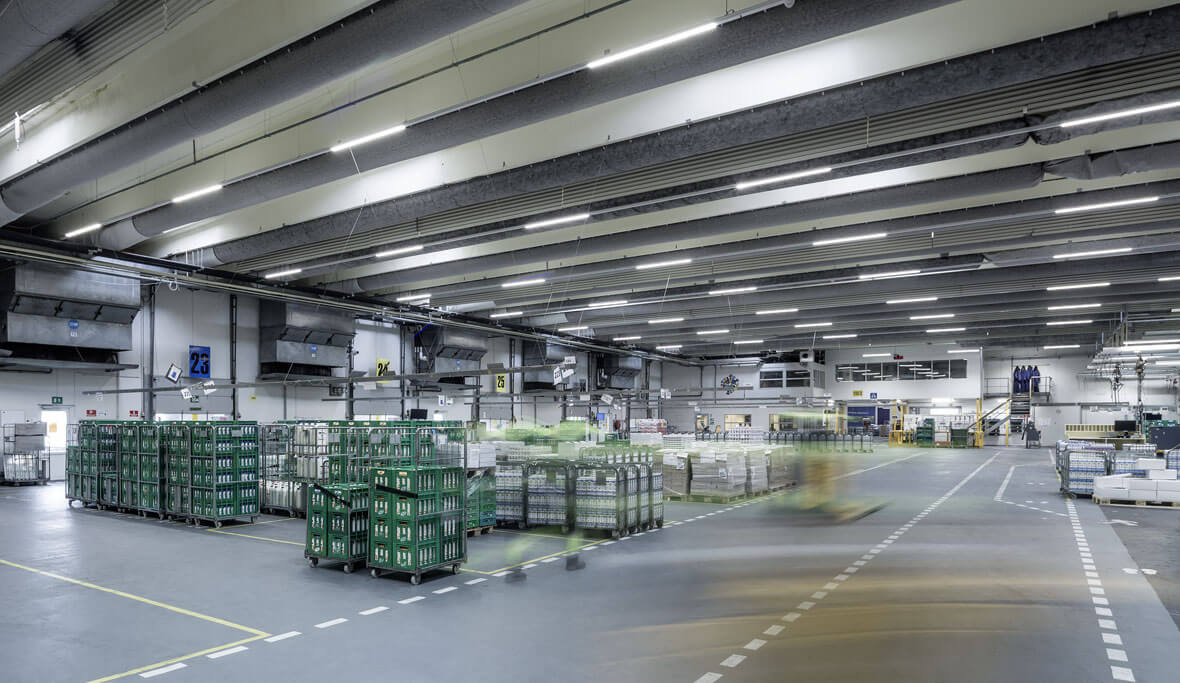Increased global competition has forced manufacturers to produce their goods more efficiently. Increased efficiency demands less time intensive, resource intensive, and energy intensive manufacturing processes. In terms of energy efficiency, it is useful to expand your attention beyond the manufacturing process to include the energy consumption of the entire plant. You will find that keeping your plant well-lit over multiple shifts consumes significant energy. If you aren’t using LED lighting, then you stand to gain substantial energy savings. Why turn your money into waste heat using old and inefficient lighting?
Beyond the energy savings, LED technology benefits your manufacturing operations in many other ways including:
- Increased worker productivity. LEDs produce a white light that is similar to daylight except that it doesn’t contain UV light. This reduces eyestrain and worker fatigue. This similarity to daylight also boosts worker mood, alertness, and productivity.
- Increases accuracy in production tasks. The colors of objects as they appear to the human eye depend on the lighting source. For example, candlelight renders colors differently than daylight. The fuller spectrum light of LEDs improves the worker’s color perception, which is important in many production tasks. This reduces mistakes.
- Reduces maintenance costs. The longer working life of LEDs translates to reduced maintenance costs. This includes labor costs and the cost of using specialized equipment for reaching high ceilings and other hard to reach areas. LEDs are also vibration resistant, which increases their longevity in vibration filled environments.
- Reduces air conditioning costs. The extensive lighting of manufacturing facilities produces waste heat that adds to the air conditioning load. Using cooler LED lighting reduces your air conditioning costs and increases worker comfort.
- Increases the professional appearance of your facilities. While a well-organized and clean manufacturing floor is important for projecting professionalism, it isn’t enough when the area is dimly lit. The bright white light of LEDs remedy this. The appearance of your facilities affects worker morale and influences the decisions of touring VIPs.
All the above benefits as well as reduced energy consumption serve to increase the efficiency and productivity of your manufacturing plant, which in turn increase your business’s competitiveness.










